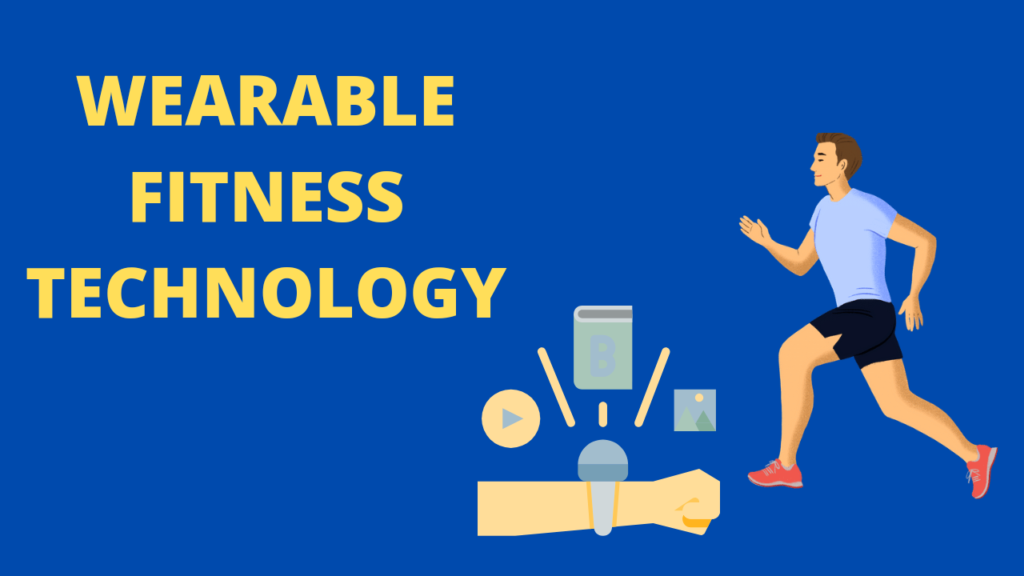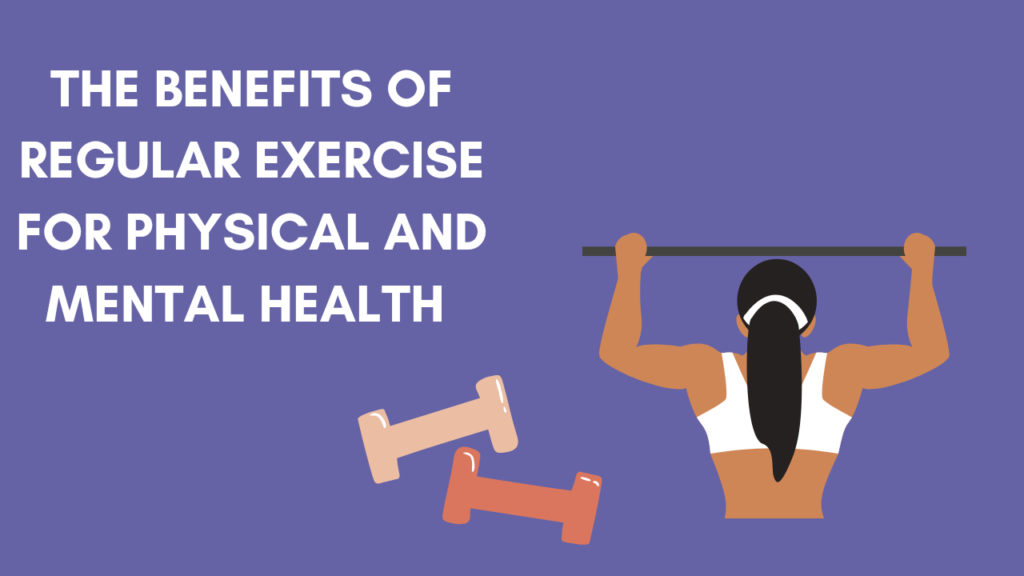FITNESS AND SOCIAL CONNECTIONS

Certainly! The relationship between fitness and social connections is a fascinating topic. Here’s some information to consider:
Fitness and Social Connections: The Power of Community
In recent years, there has been a growing recognition of the significant impact social connections can have on fitness and overall well-being. Engaging in fitness activities within a social context, whether through group classes, sports teams, or workout buddies, offers several benefits:
- Motivation and Accountability: Exercising with others provides motivation and a sense of accountability. When you have friends or a community relying on your presence, you’re more likely to stay committed to your fitness routine.
- Positive Peer Pressure: Being around others who are dedicated to their fitness goals can create a positive peer pressure environment. This encouragement can help you push your limits and achieve more than you might on your own.
- Emotional Support: Social connections provide emotional support, making it easier to cope with the challenges and setbacks that can come with a fitness journey. Friends and fitness buddies can provide encouragement and understanding during difficult times.
- Enjoyable Workouts: Exercising with others can make workouts more enjoyable. Shared laughter and camaraderie can turn a regular workout session into a fun social activity, reducing the perception of effort.
- Variety and Exploration: Working out with others exposes you to different fitness activities and routines. Friends might introduce you to new sports, classes, or outdoor activities, broadening your fitness horizons.
- Long-term Consistency: Social connections often lead to long-term consistency in fitness routines. The sense of belonging to a community encourages individuals to stick with their exercise habits, leading to better health outcomes in the long run.
- Mental Well-being: Social interactions release endorphins, the body’s natural stress relievers. Regular social connections through fitness activities can contribute significantly to improved mental well-being, reducing symptoms of depression and anxiety.
- Healthy Competition: Healthy competition with friends or within a community can push you to improve your fitness levels. Competing in a friendly manner can provide the extra push needed to achieve your fitness goals.
In summary, integrating social connections with fitness activities not only enhances physical health but also contributes significantly to mental and emotional well-being. Whether it’s joining a local sports team, a fitness class, or simply working out with friends, the social aspect of fitness plays a crucial role in creating a sustainable and enjoyable healthy lifestyle.
“Fitness and Social Connections” is a fascinating topic that explores the positive relationship between staying active and building social connections. Here are some points you can delve into:
- Group Exercise Classes: Discuss how participating in group fitness classes, such as yoga, spinning, or dance, can foster social connections by allowing individuals to exercise alongside others with similar interests.
- Sports and Team Activities: Explore the benefits of team sports or recreational leagues in building camaraderie, teamwork, and friendships among participants.
- Outdoor Fitness Communities: Highlight the rise of outdoor fitness communities like running clubs, hiking groups, or outdoor boot camps and how they provide opportunities for social interaction while staying active.
- Virtual Fitness Communities: In the age of technology, discuss how online platforms and fitness apps have created virtual communities where people can connect, share their progress, and motivate each other.
- Fitness Buddies: Share the advantages of having a workout buddy or partner, emphasizing how having someone to exercise with can increase accountability and make workouts more enjoyable.
- Fitness Challenges and Events: Explore the role of fitness challenges, charity runs, and other events in bringing people together for a common fitness goal.
- Social Support and Motivation: Discuss how social connections within the fitness community can provide encouragement, support, and motivation to individuals striving to achieve their health and fitness goals.
- Fitness as a Social Lifestyle: Encourage readers to view fitness not just as a physical activity but as a social lifestyle that can enrich their social circles and overall quality of life.
You can expand on any of these points or provide specific tips on how to get involved in fitness-related social activities.
Fitness and social connections play a significant role in overall well-being. Engaging in physical activities with friends, family, or in group settings can provide several benefits:
- Motivation and Accountability: Exercising with others can boost motivation. The social aspect provides a sense of accountability, making individuals more likely to stick to their fitness routines.
- Positive Peer Pressure: Being around others who are active can create a positive peer pressure, encouraging individuals to push their limits and achieve their fitness goals.
- Emotional Support: Social connections provide emotional support, which is essential in handling stress and overcoming challenges. Sharing fitness goals and achievements with others can enhance emotional well-being.
- Variety in Workouts: Exercising with friends often involves trying new activities or sports. This variety keeps workouts interesting and prevents monotony, leading to a more well-rounded fitness routine.
- Improved Mental Health: Social interactions during fitness activities can reduce feelings of loneliness and depression. Regular exercise also triggers the release of endorphins, which are natural mood lifters.
- Enhanced Communication Skills: Group fitness classes or team sports can improve communication and teamwork skills, fostering better relationships both inside and outside the fitness setting.
- Sense of Community: Being part of a fitness community provides a sense of belonging. This sense of community can lead to long-lasting friendships and a support network that extends beyond fitness activities.
- Increased Confidence: Interacting with others in a fitness setting can boost self-confidence and self-esteem, especially as individuals achieve their fitness goals and witness improvements in their abilities.
- Mind-Body Connection: Social connections in fitness settings can enhance the mind-body connection. Activities like yoga or partner workouts emphasize harmony between physical and mental well-being.
- Longevity and Healthier Aging: Research suggests that strong social connections are linked to longevity and healthier aging. Regular physical activity combined with social interactions contributes to a better quality of life as people age.






